A brief history of the Boeing 737 family and its enduring success
Boeing #Boeing
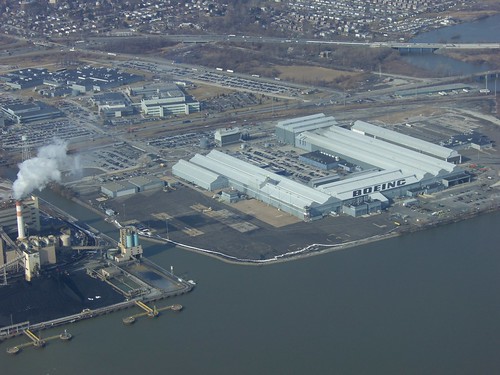
In November 2023, the Boeing Airplane Company announced that the certification process involving its 737 MAX 10 was to get underway, alongside the ongoing certification process for the 737 MAX 7 model.
This landmark announcement marks the latest development in what has been (for the most part) a momentous success story for the US planemaker.
With the latest incarnation of the type heading towards an entry into commercial service in 2025, AeroTime looks back on almost 60 years of the Boeing 737 family.
We will examine the various models that have featured in the 737 family range over that time. We will discover which variants have been the most successful, as well as the models that have not sold so well.
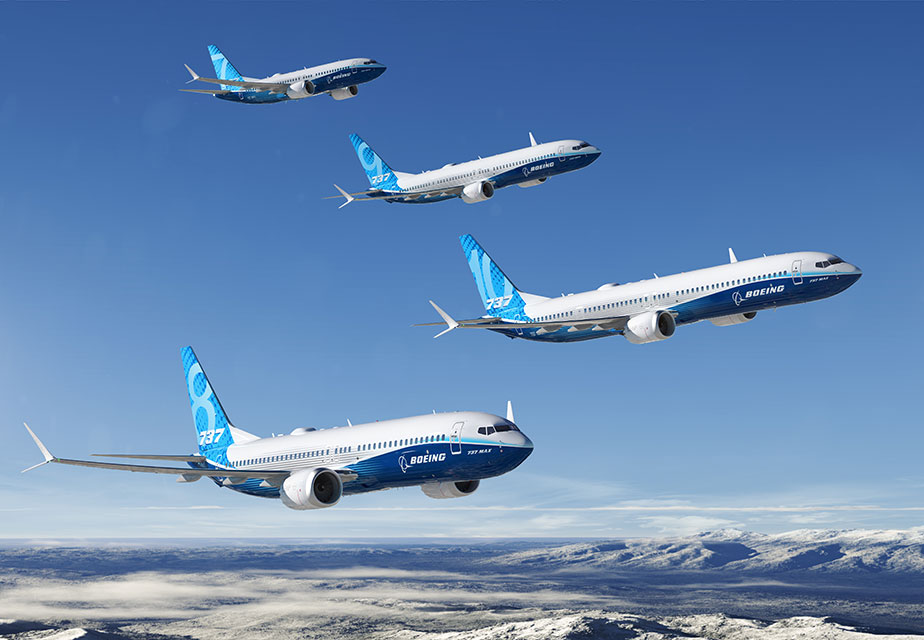
With a staggering 17,000 examples of the Boeing 737 having been produced since 1967, and with more rolling off the production line daily at Boeing’s assembly plant in Renton near Seattle in the US state of Washington, there is no sign of the type’s popularity waning any time soon.
With other commercial airplanes such as the Airbus A320 and the Embraer 190-E2, and more recently the Chinese-produced C919 also entering the fray, competition in the narrowbody twin-aisle aircraft market remains higher than ever.
So what is it that has made the Boeing 737 family the enduring success story that it has become, and what does the future hold for Boeing’s highly popular and seemingly ageless twinjet?
Overview – The birth of a legend
The first flight of a Boeing 737 took place in April 1967. Therefore, and quite remarkably, 2024 will mark the 57th anniversary of this momentous event. Quite an accomplishment when you consider that humans only mastered the art of controlled powered flight 120 years ago!
The fact that the 737 remains in production after nearly six decades is a testament to its reliability, versatility, and its long-lasting appeal among operators and passengers alike,
With 17,213 of the type ordered to date, it would be fair to say that the 737 has been a huge success story for Boeing. Indeed, the aircraft has become one of the most successful aircraft ever made (in terms of numbers sold), surpassed only by the likes of the ubiquitous Cessa 172 (with over 45,000 built) and matched by the utilitarian Douglas DC-3, of which 16,000 examples rolled off the production line.
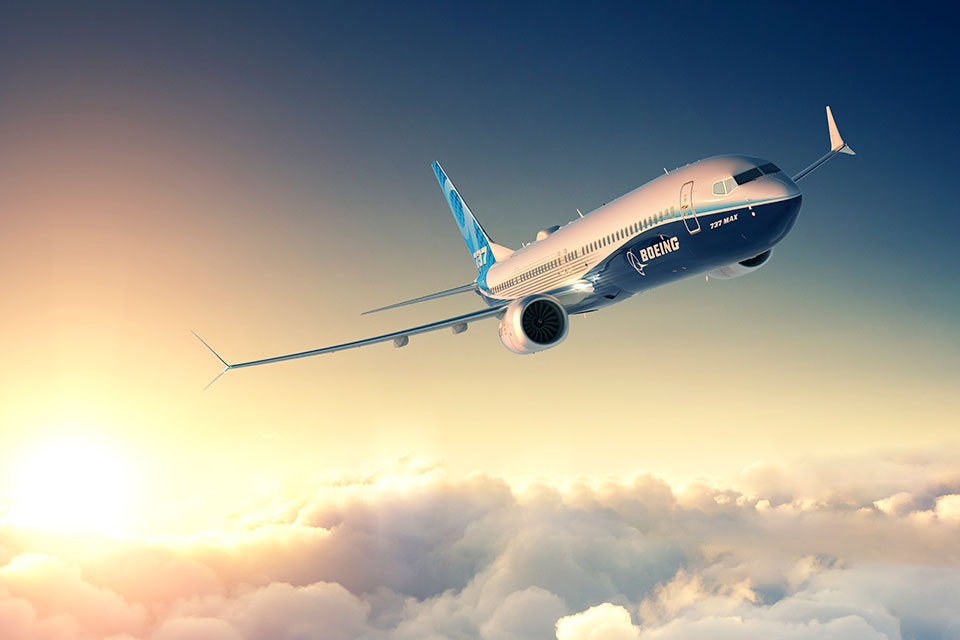
With every variant of the 737 that has been developed, each has offered technological developments and changes in capacity and capabilities that keep airlines ordering more.
It is that ability that the 737 has developed that means it offers the right solution in its size category to airlines time and time again. And with new orders for the type being made all the time, there is no shortage of customers wanting the type in their fleets.
Development of the iconic passenger airliner
Having already enjoyed commercial success with its 707 and 727 models, Boeing realized that there was a gap opening up at the lower end of the scale for a versatile commercial passenger plane.
As demand for air travel soared with the dawning of the jet age, increasing numbers wanted to take to the air. But while the 707, with its four-engine configuration, had captured the market for long-haul flying, and the 727 was perfectly sized for the longer US domestic trunk routes, airlines called for a smaller jet capable of fulfilling a variety of missions.
Using technological know-how built up through the development of these predecessors, Boeing designed an aircraft capable of taking on the smaller new entrant jets such as the British Aircraft Corporation 1-11, the Douglas DC-9, and to a lesser extent, the French Sud Aviation Caravelle.
However, spotting inefficiencies in the designs of these three types, Boeing decided to take a different path. This decision would ultimately serve the company well over the following six decades while each of the other designs would eventually falter.
Mounting the two engines under a relatively low wing rather than mounting them on the rear fuselage near the tail would create several benefits for operators. It reduced ambient cabin noise for passengers and reduced the height of the landing gear length, leaving the engine nacelles closer to the ground to facilitate easier inspection and maintenance.
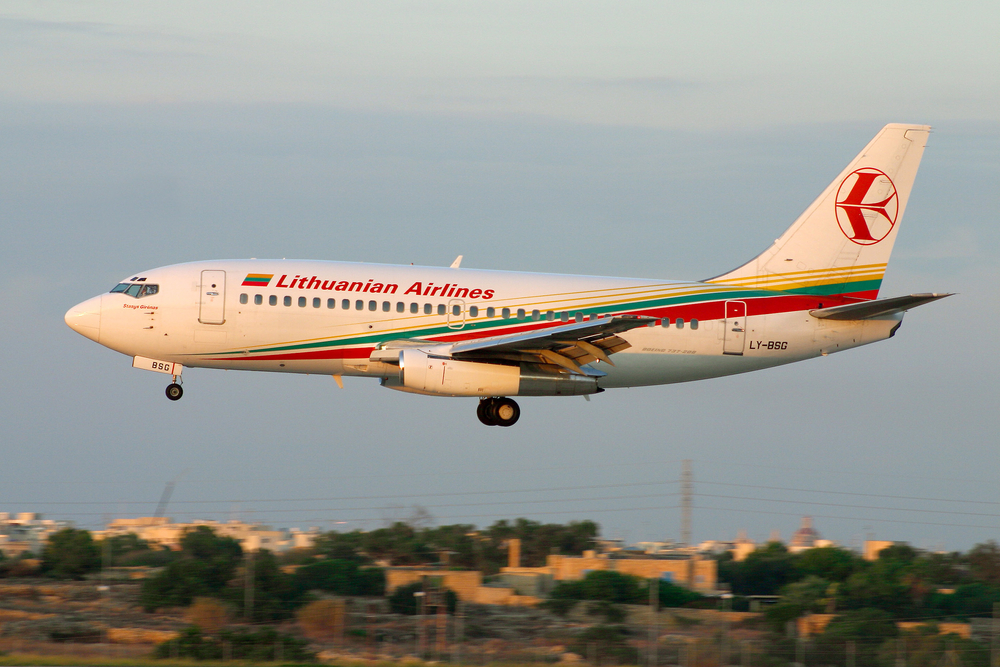
Of crucial importance, however, was that wing-mounted engines allowed for a wider cabin meaning that airlines could seat passengers in a six-abreast configuration, rather than the five-abreast offered by its competitors. Ultimately this would change the entire operational economic landscape of the Boeing 737, giving it a huge advantage over its rivals.
Wing-mounted engines also meant that passengers could be loaded and unloaded from both forward and rear doors. This led to speedier turnaround times, resulting in higher aircraft utilization and increased return on investment.
Introducing the Original 737 family
The launch model of the 737 family was the 737-100 series. The design process for this new type was started in May 1967, with the program being given the formal go-ahead in November of that year.
In February 1965, the first orders for Boeing’s latest product were received from Lufthansa, followed by United a month later. With firm orders already placed, the prototype 737 took to the air for the first time on April 9, 1967. The 100 series could seat up to 115 passengers in a single-class configuration.
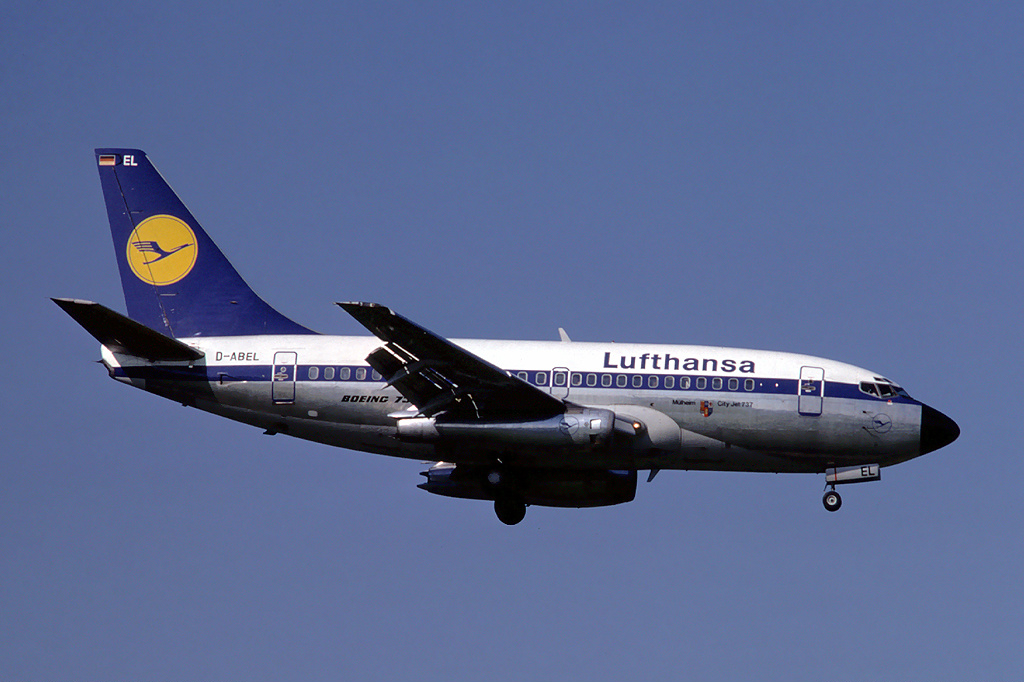
Fairly quickly into the design process, it was established that airlines needed a slightly larger passenger payload than the 737-100 could offer. This led to Boeing developing a lengthened version of the base model which became the 737-200.
Two sections were added to the fuselage: a 36-inch (90cm) section forward of the wing and a 40-inch (100cm) section aft of the wing, giving a maximum capacity of 130 passengers with a 28-inch seat pitch.
All other dimensions between the two variants remained the same. On April 5, 1965, the -200 series was launched with an order for 40 from United Air Lines. Development and production of the two series ran simultaneously.
Certification from the Federal Aviation Administration for both new models was achieved in December 1967. The first commercial flight of the 737-100 took place in February 1968 with Lufthansa, while the 737-200 had its first revenue service with United in April 1968.
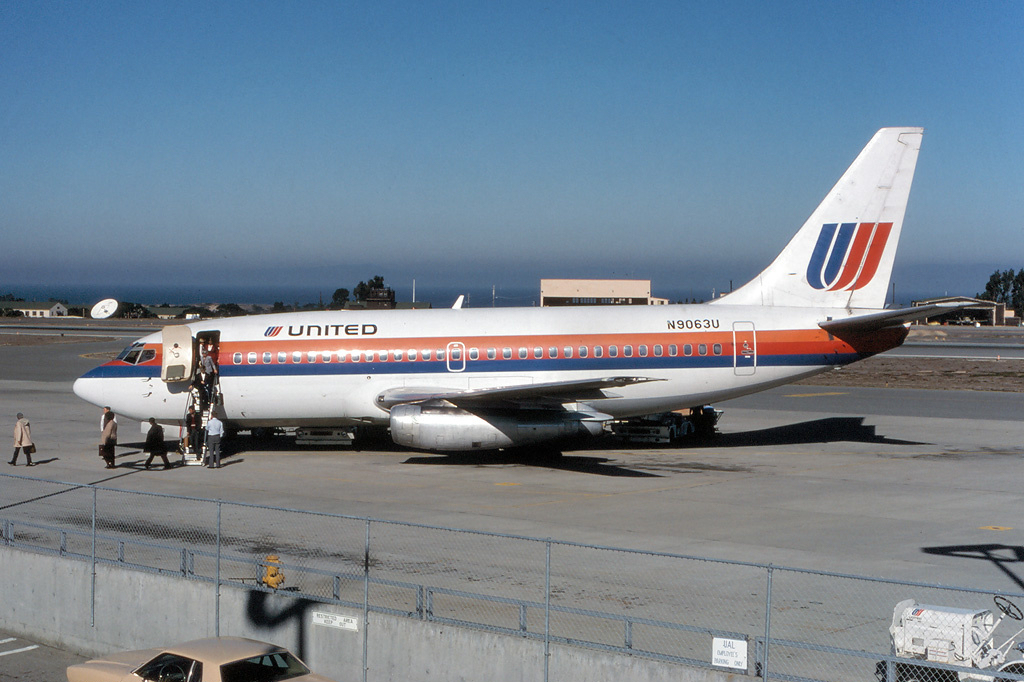
In the end with the 737-200 offering better economics than its smaller sister, just 30 series 100s were built, with 30 going to Lufthansa, five to Malaysia Airlines, and two to Avianca in Colombia, with the prototype being retained by Boeing. The last airworthy 737-100 flew its final revenue service for Aero Continente in Peru in 2005.
The -200 series faired far better than the shorter variant. In total, 1,114 of the type were built between 1967 and 1988.
Arrival of the Advanced 737-200
In April 1971, the first flight took place of the 737-200 Advanced. As well as incorporating certain modifications introduced on later -200s, the -200 Advanced included major wing improvements such as new leading-edge flap sequencing, an increase in the droop angle of outboard slats, the extension of the inboard Krueger Flaps leading to a significant increase in lift and a reduction of take-off & approach speeds for better short field performance.
From production line number 400, all subsequent 737-200s were built to the Advanced standard.
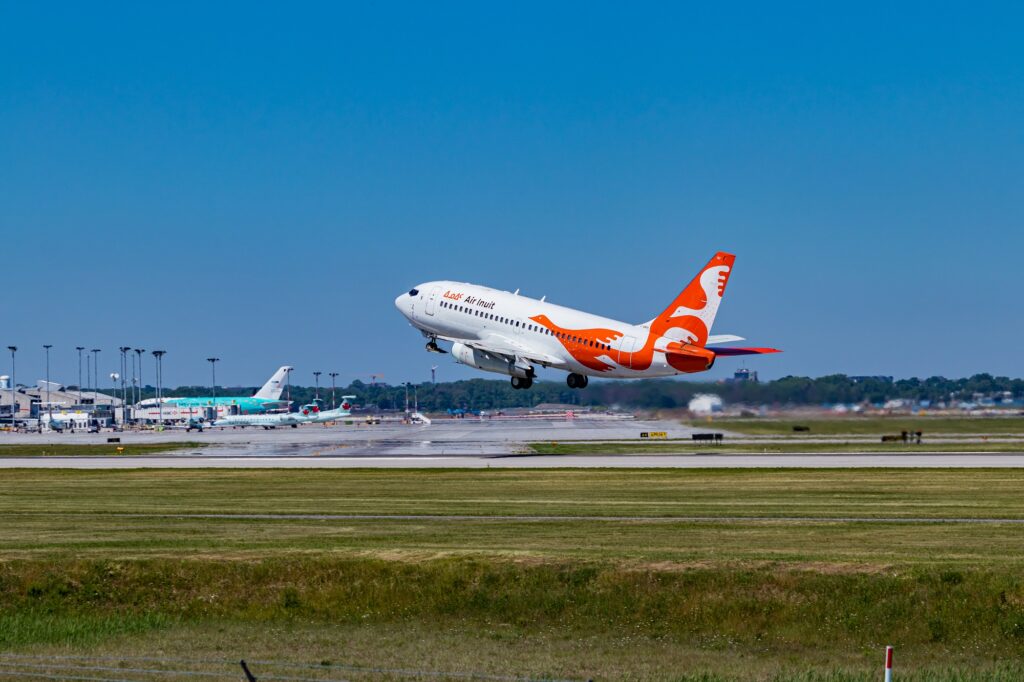
Other variants of the 737-200 were offered by Boeing during its production run. Convertible (or “combi”) variants were built to carry either passengers or freight or in some limited cases, both simultaneously. A Quick Change (QC) variant was introduced later which allowed conversion between passenger and cargo configurations to be achieved within an hour with seats fitted on pallets that could be easily removed through the large forward cargo door.
Other versions of the 737-200 include several military variants. Designated the T-43A, 19 were built for the US Air Force as navigation and multi-engine trainers, while others included maritime patrol, radar testbed, and avionics flying lab versions.
Enter the Classics: the Boeing 737-300/400/500
The 737-200 was succeeded in 1984 by the 737-300. This was a much quieter, larger, and more economical aircraft and contained a host of new features and improvements over its predecessor. The new model was developed in part to meet the challenge being laid down by the European-made Airbus A320.
The new 737 model featured many aerodynamic, structural, cockpit, and cabin features that were developed by Boeing for its new generation 757 and 767 models. The type also adopted newly introduced CFM International CFM-56 turbofans replacing the noisy and fuel-thirsty Pratt & Whitney JT8Ds of the original models.
Other changes included a full revamp of the flight deck instrumentation. New equipment included a new Flight Management System with a fully integrated Digital Flight Control System, autothrottle, Flight Management Computer, and dual laser gyro Inertial Reference System, plus the fitting of Electronic Flight Information Systems CRT displays.
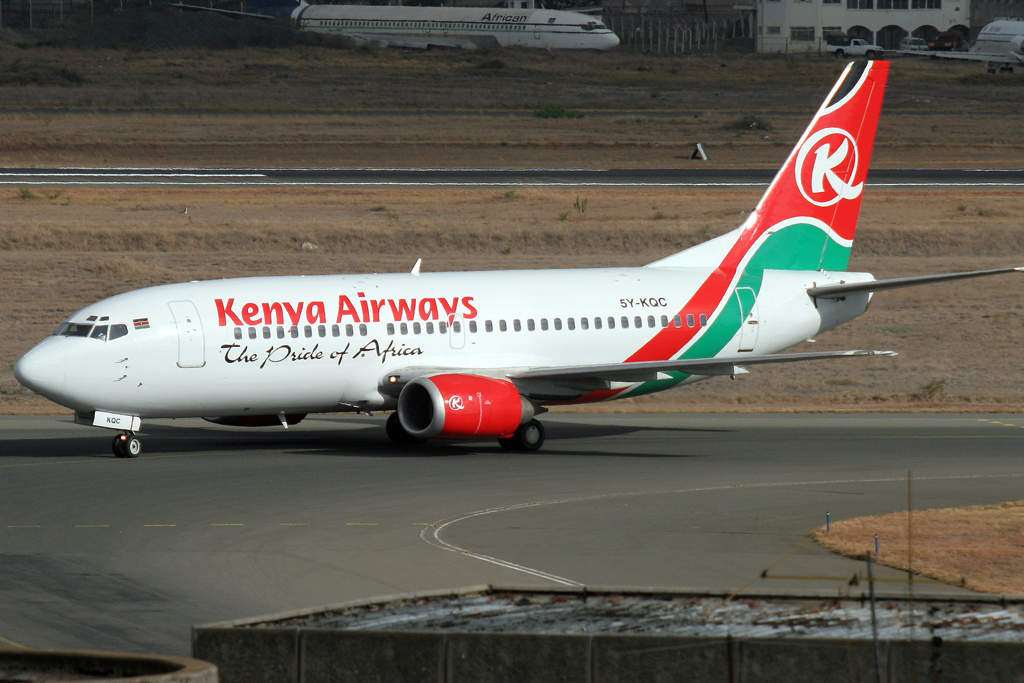
One of Boeing’s objectives for the new model was to retain a high degree of commonality with the 737-200. This provided savings for airlines in terms of maintenance, spares, and tools for existing 737-200 operators.
Also, the aircraft was designed to have similar flying qualities, cockpit arrangements, and flying procedures to minimize training differences and permit a common type rating between the -200 and -300.
The first flight of the 148-seat 737-300 took place in February 1984 and 1,113 were built in total.
The Boeing 737-400, which first flew in February 1988, was a further stretch of 2.8m (9ft 6in) over the -300 to provide a higher passenger load. Given the increased fuselage length of 36.45m (119ft 7in) of the -400, a ventral tail skid was installed to prevent tail scrape damage on over-rotation.
Passenger capacity was increased to 174 on the -400. However, this required two overwing exits on each side of the cabin to comply with evacuation rules. In all, a total of 489 737-400s were built.
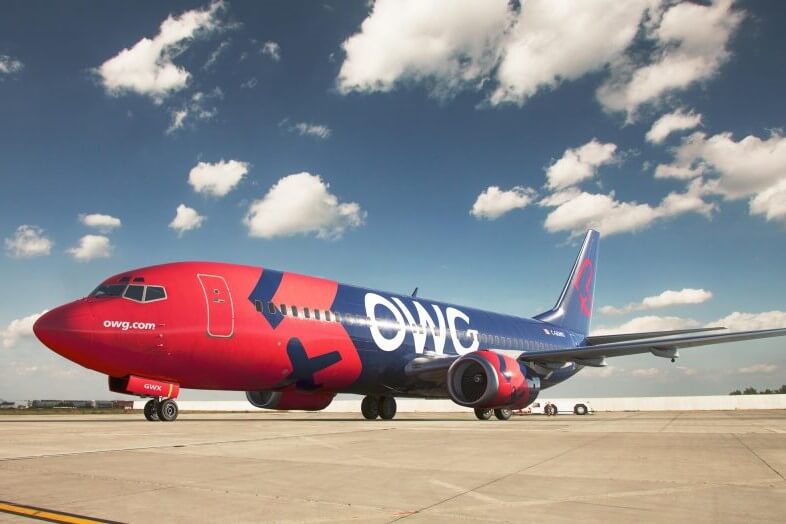
To satisfy customers of the original 737-200 who did not see a need for a larger model such as the 737-300, Boeing also offered a shorter version of the new Classics in the form of the Boeing 737-500.
The 737-500 (originally known as the 737 Lite or the 737-1000) is the shortest of the Classics. It combined the original length fuselage of the -200 but with the various improvements of the -300 and -400.
However, the economies of scale offered by the longer 737-300 meant that the -500 was the least popular of the Classics. A total of 388 -500s were built.
The last of the Classic series of 737s was a Boeing 737-400 (registered OK-FGS) which was delivered to CSA Czech Airlines on 25 February 2000.
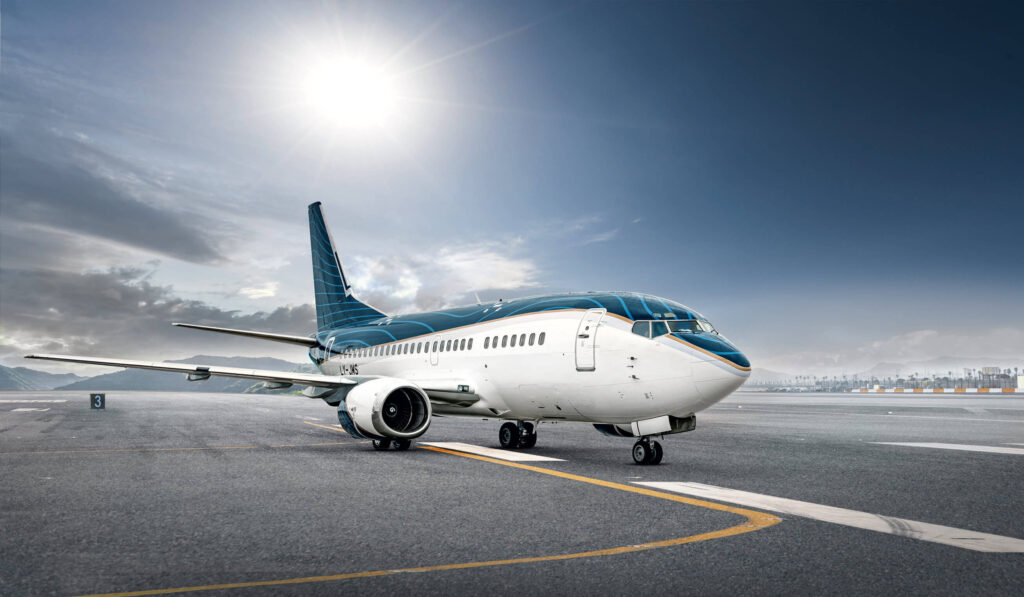
Deciding to fully update its best-selling airplane family to prepare for the 21st century, Boeing unveiled its 737-X program in June 1993. This was on the basis that Southwest Airlines agreed to purchase 63 new aircraft from a newly updated range. The new range eventually became known as the Boeing 737 Next Generation.
The model selected by Southwest was a refreshed 737-300 to be known as the 737-700. order from Southwest Airlines for the 737-300X. This became the 737-700, 22cm (9in) longer than the original 737-300, and seating up to 149 passengers.
The Next Generation was designed to have 33% fewer parts than the Classics thereby reducing production time.
To satisfy the needs of existing 737 customers as well as attract new ones, the Nex Generation series initially featured three variants similar in size to the outgoing Classic family. While the -700 was similar in size to the -300 it replaced, the shortened -600 replaced the -500 while the -800 took over from the -400.
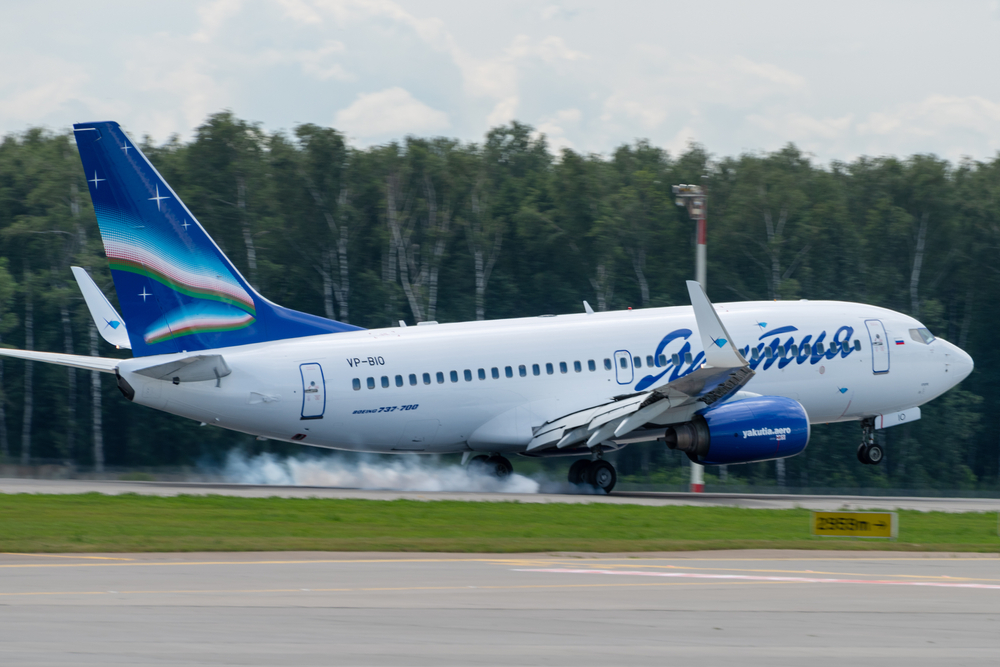
The first of the Next Generation models to fly was the -700 with the first flight taking place on February 9, 1997. The -800 variant followed on July 31, 1997, followed by the -600 on January 22, 1998.
On September 1, 1999, a significant milestone was reached in the Boeing 737 program when the Boeing 737-700 was certified for 180-minute ETOPS operations, meaning it could operate for longer over water and allow routes such as Honolulu to Los Angeles to be flown.
In 1998, a super stretched version of the 737-800 was launched to meet the demands of certain US carriers that wanted an aircraft that shared commonality with their existing 737 fleets but could carry more passengers. Consequently, the 737-900 was launched and the model first flew on August 3, 1999.
With almost all of the 737 Originals and Classics largely gone from the skies albeit with a dwindling number of exceptions, the Next Generation family has become the backbone of the 737 operating fleet nowadays. In terms of sales, the 737-800 model has by far been the best seller with 5,205 built to date (of all variants including passenger, cargo, combis, BBJ, and military derivatives).
The next bestseller in the Next Generation series is the 737-700 with 1,289 delivered. On the back of key orders from United and Alaska Airlines, the 737-900 (of all variants) sold relatively well with 565 delivered.
The 737-600, which was built to replace the poor-selling 737-500, did not fare well in the commercial market, selling just 69 examples.
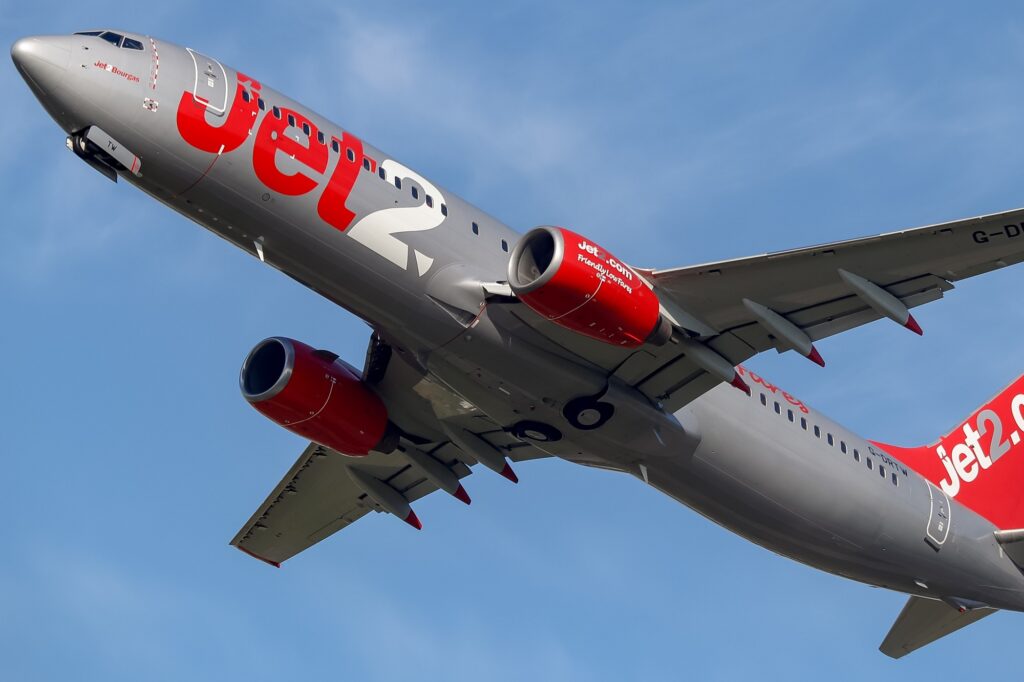
While the 737-800 has become the mainstay of worldwide 737 operations today, it is also becoming popular in the freighter market with older examples being converted as they reach the end of their passenger-carrying life.
The arrival of the MAX
In 2006, Boeing began to discuss a successor for the 737NG. For a while, as the plane maker mulled the next step, it considered both replacing the 737 with a brand-
new airplane, or re-engining the 737NG with more efficient engines, and making other changes for a newer generation.
By the summer of 2010, Boeing still hadn’t made a decision, and analysts expected that it wouldn’t until the following year. Then, in December 2010, rival Airbus announced the A320neo family (neo = “new engine option”), a re-engined, more efficient version of its A320, the main competitor to the 737.
Boeing knew the A320neo was coming but was still taking its time to decide on the ideal, productive, and most sustainable solution to combat it. In spring 2011, the company was still leaning toward building a new plane, rather than re-engining the existing 737 airframe.
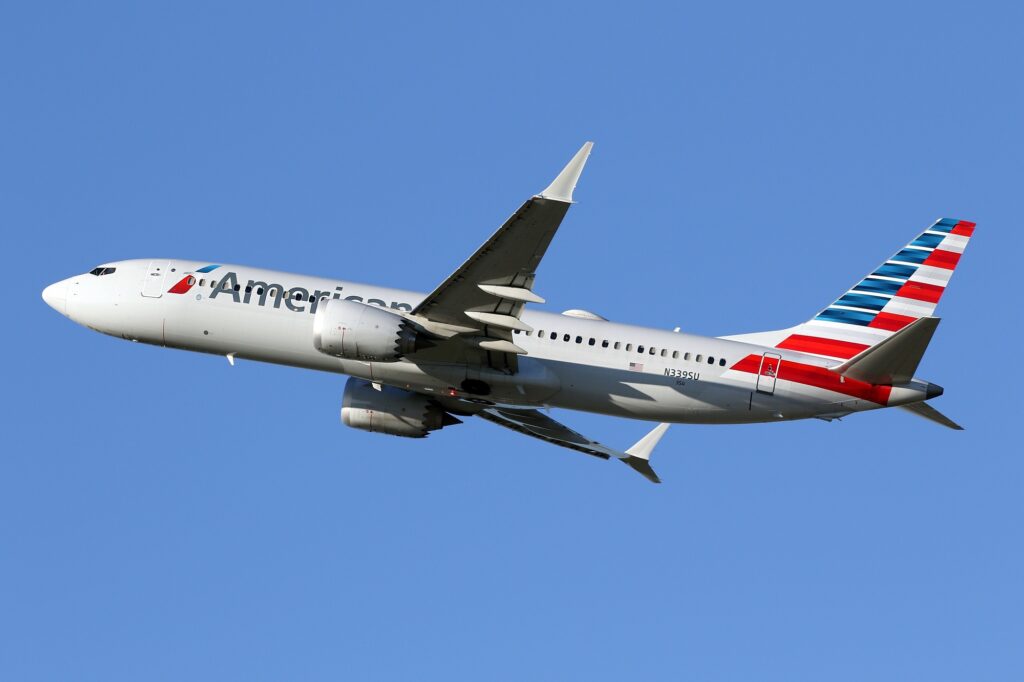
Then, W. James McNerney, Jr., Boeing’s CEO at the time, received a call from American Airlines’ chief executive, Gerard Arpey. Arpey reportedly said that his airline was close to a deal for hundreds of Airbus narrow-body aircraft, warning that Boeing had to be more aggressive and timely to win its business.
Until that point, American Airlines had exclusively purchased from Boeing for more than a decade. Desperate to win the order, Boeing ditched the idea of designing a whole new airplane (which could take up to 10 years to get in the air) and instead pivoted to placing new engines on the 737 to create another new generation of the workhorse.
It took a few months to finalize the design, but it wasn’t quite fast enough to prevent American Airlines from defecting. In July, the carrier announced its order for 130 A320ceo and 130 A320neo jets, with an option for 365 more. It also said that it would order 100 of Boeing’s not-quite-ready next-generation 737.
The launch of the MAX family
Just one month later, Boeing announced the 737 Max family, consisting of four differently sized models: the 737 MAX 7, MAX 8, MAX 9, and MAX 10. The design of the 737 MAX had a few appeals for both Boeing and, more importantly, the airline customers to whom it had to sell the planes.
As with the transition from the 737 Classic to the 737NG, the 737 MAX retained a great degree of commonality with its predecessors, meaning one pool of pilots and ground staff could work on both planes, with some supplementary training, rather than having to be certified on a new aircraft type.
Pilots ultimately were only required to take a brief tablet-based course, rather than training in a simulator, like they would for a new plane.
The fact that it was an existing, already certified airframe, which comprised the body and wings of the plane, only with new engines and avionics, meant that Boeing would not have to undergo the same lengthy certification process it would for an all-new airplane.
When the 737 MAX was announced, it already had a not-quite-firm order from American Airlines. By November 2011, Boeing said that it had 700 commitments.
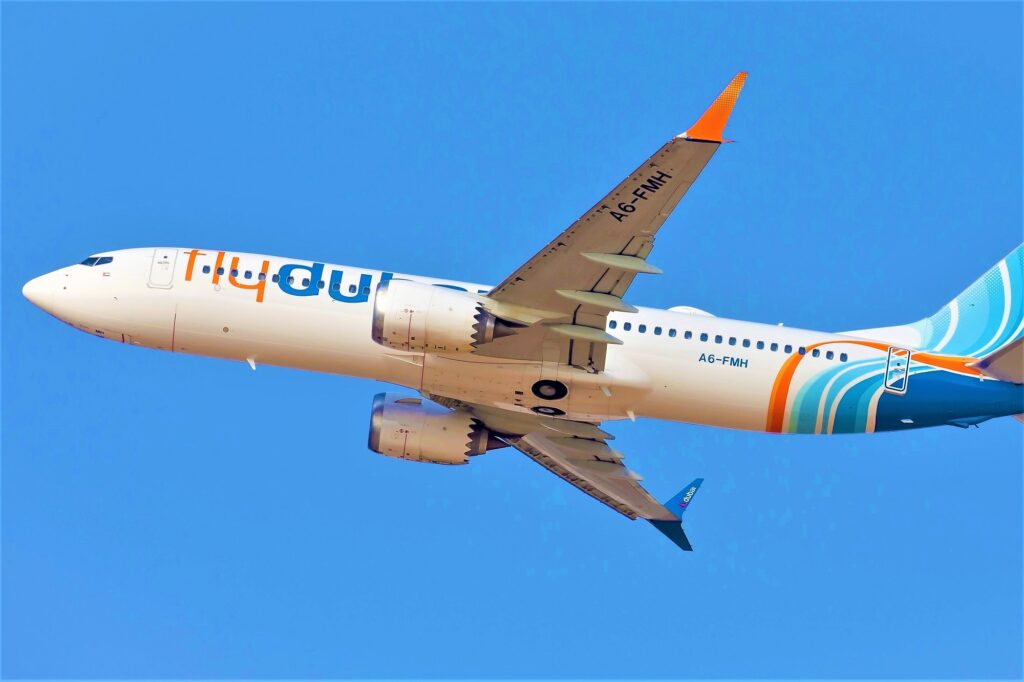
Fast-forward almost exactly four years to August 2015: the first 737 MAX fuselage rolled off the factory line, and in December, the first plane — a 737 MAX 8 named “Spirit of Renton was finished. The plane was eventually delivered to Southwest.
On January 29, 2016, the MAX made its first test flight, performing without any unusual incidents.
Following a year of test flights and data-gathering, the MAX gained certification from the FAA in March 2017, followed by other global regulators later that month.
The first 737 MAX delivery was made on May 16, 2017, to Malindo Air, a subsidiary of the low-cost Indonesian carrier Lion Air. The first passenger flight took off on May 22, 2017.
Flight control issues and two MAX accidents
Two early accidents involving the loss of two 737 MAX 8s (Lion Air on October 29, 2018, and Ethiopian Airlines on March 10, 2019) were attributed to a new flight control system designed exclusively for the MAX family and eventually saw the whole worldwide fleet of MAXs delivered so far (230 aircraft) grounded.
Boeing’s desire for the MAX to retain commonality with the NG family is what eventually led to the two accidents.
The engines on the MAX were larger, positioned further forward, and higher up on the wing than the engines on the 737NG. That caused the plane to behave differently. For example, it could cause the nose of the plane to pitch upward in some situations, like low-speed flight, or flight with a high angle of attack when the plane is being flown manually.
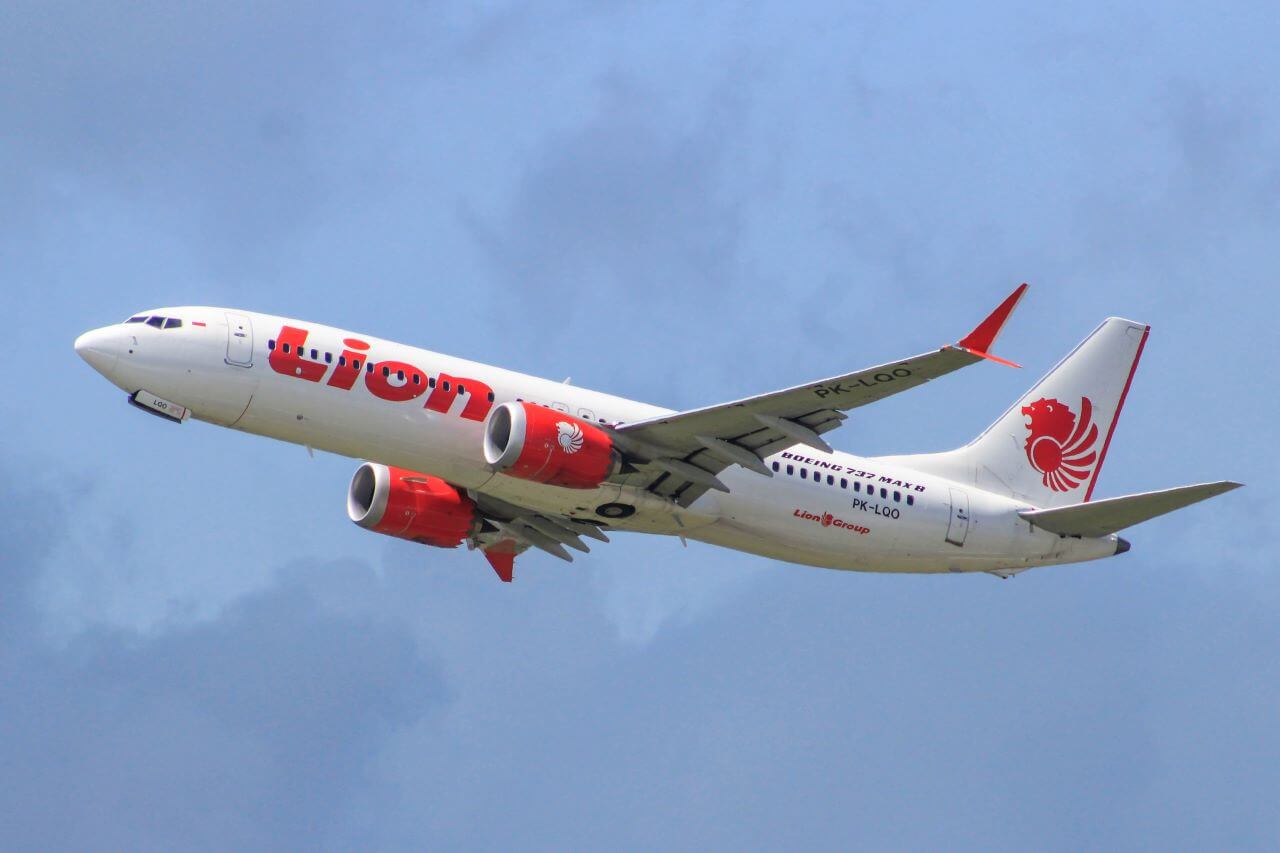
To compensate, Boeing designed automated software called Maneuvering Control Augmentation System (MCAS), which would automatically activate to stabilize the pitch and nudge the aircraft’s nose back down “so that it feels and flies like other 737s.”
With that in place, the MAX could share the same type of rating as the 737NG, and pilots could fly the two families of 737 interchangeably, meaning airlines could have one pool of pilots capable of flying both planes.
Notably, however, Boeing did not include training on MCAS in the pilots’ manual, reasoning that the software would work in the background. The manual did include a discussion about the trim stabilizer, however.
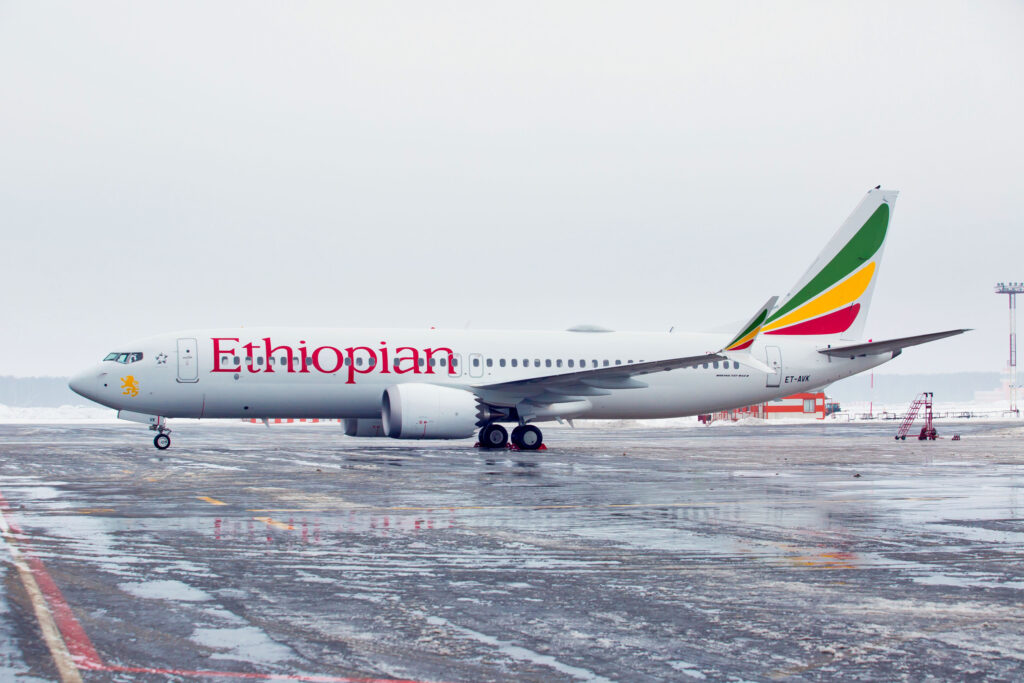
MCAS would only activate when the plane was being hand-flown, meaning when the autopilot was off. The plane would have to be flying relatively slowly, and the nose would have to be pointing high enough, or the angle of attack would need to be high enough, to be at risk of causing the plane to stall.
Crucially, MCAS was designed to take effect when just a single sensor showed that the angle of attack was high. That meant that if one of the two sensors was damaged or faulty, it could activate.
Onwards and upwards
Since the issues involving the MAX accidents, and the type being grounded worldwide for around 18 months, the MAX has made a remarkable recovery. That said, CNN referred to the MAX grounding as “the most expensive corporate blunder ever.” Indeed, the whole affair was extremely damaging for Boeing and the airlines that had ordered the MAX.
Airlines sued Boeing for losses incurred. There were also extensive costs for repairs to the aircraft. Boeing estimates it incurred a direct cost of $20 billion due to the MAX grounding. This included $8.6 billion paid to airlines in compensation. This does not include compensation and legal liability for the crash victim’s families.
The grounding also took its toll on aircraft orders. Before this, the MAX was selling well. By January 2019, Boeing had recorded just over 5,000 orders for the MAX. Significant orders were lost through 2019 and 2020, though, during the type’s grounding. In 2019, it lost 93 orders. And in 2020, 641 were lost. These figures included cancelations from both airlines and leasing.
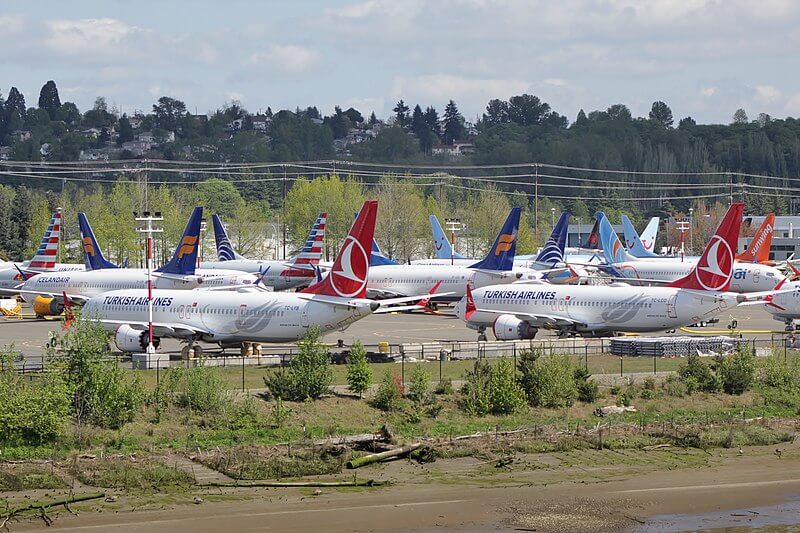
However, since the MAX took to the air once again the program has gone on to great success and has carried on Boeing’s legacy of building successful narrowbody jets.
At the start of 2024, the MAX series has sold 6,951 examples. The leading model, the 737 MAX 8 is running away with the lead having been ordered 5,160 times (including all variants including the 737 MAX 8200 high-capacity version). Next comes the yet-to-be-certified MAX 10 at 1,037 sales followed by the MAX 9 at 386.
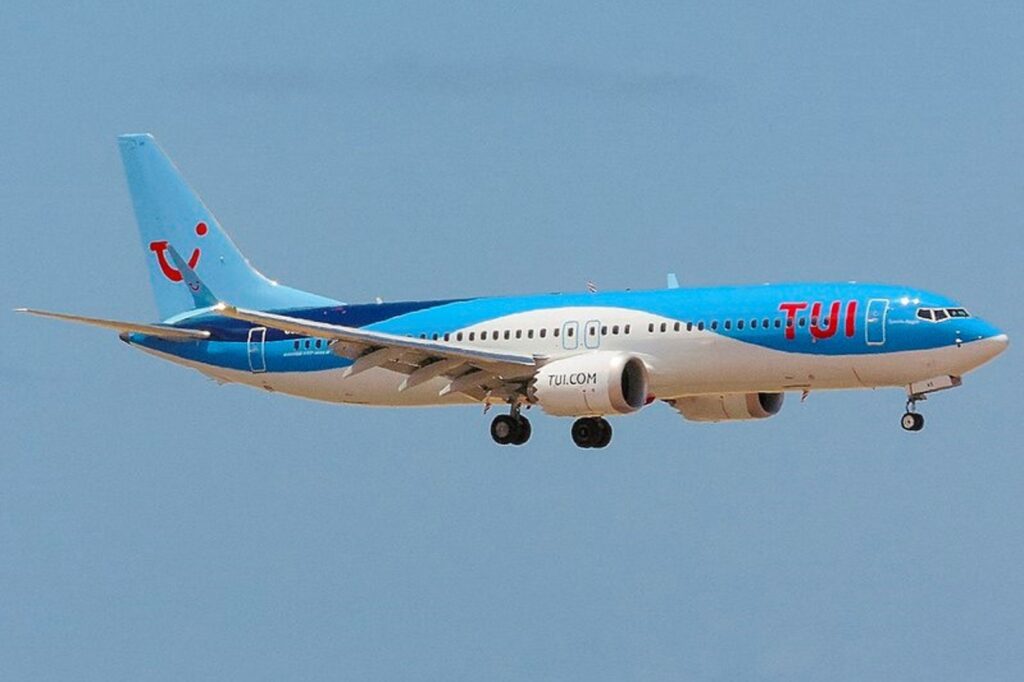
The MAX 7 which is also still undergoing certification is following the Boeing 737 tradition of the shortest variant being the slowest to sell, with 368 aircraft ordered to date.
Versatility is the key to the 737’s success
There can be no doubt that the Boeing 737 has become one of passenger air transport success stories. With almost 60 years of commercial service and with new aircraft being delivered almost daily, there is no sign of the 737s appeal waning any time soon.
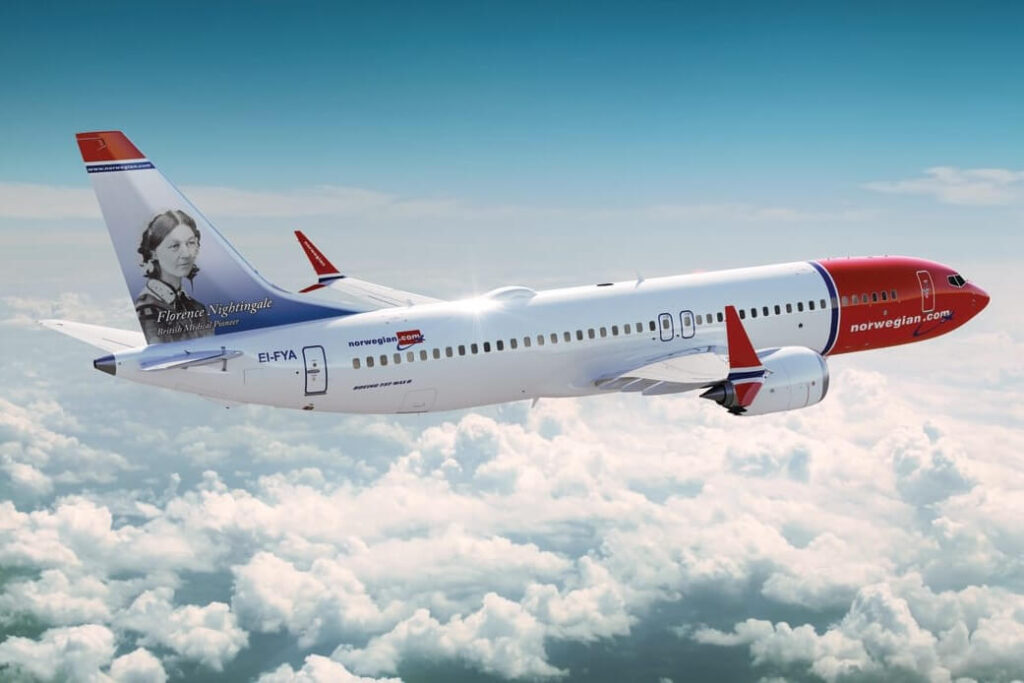
Offering a range of variants from cargo aircraft to military versions, and long-range ETOPS models to the ultra-high density 737 MAX-8200 variant) the 737 family appears to have the narrowbody requirements of airlines covered, and as such, will continue to compete with the Airbus A320 family for many years to come.